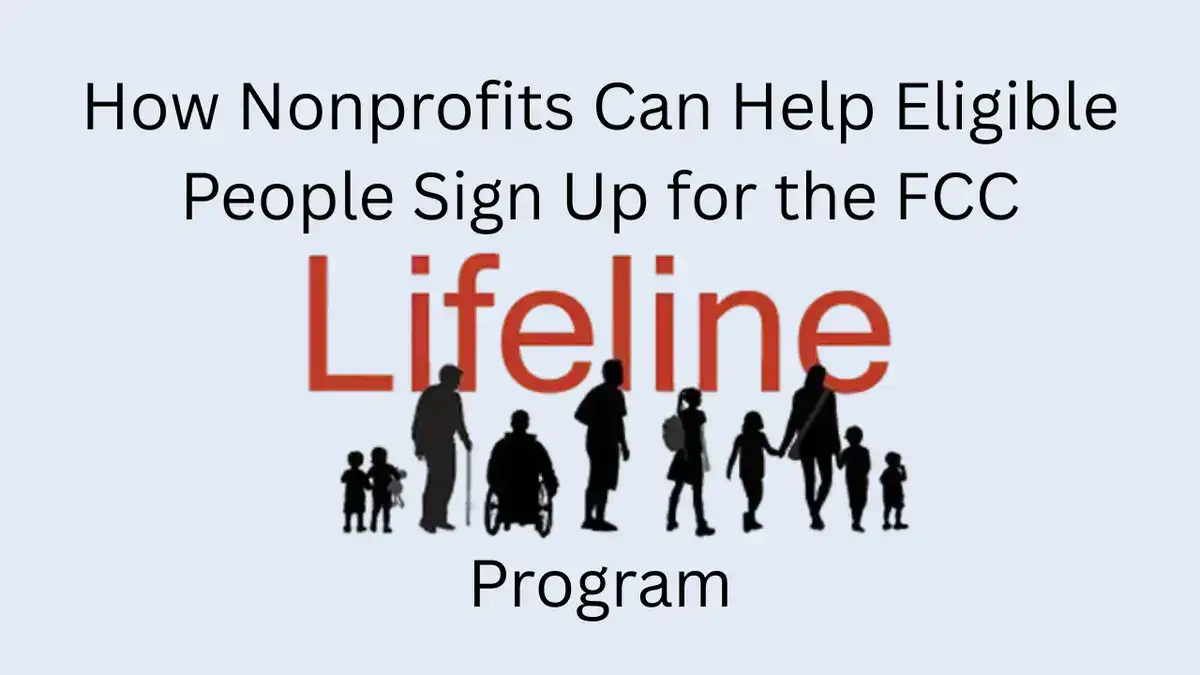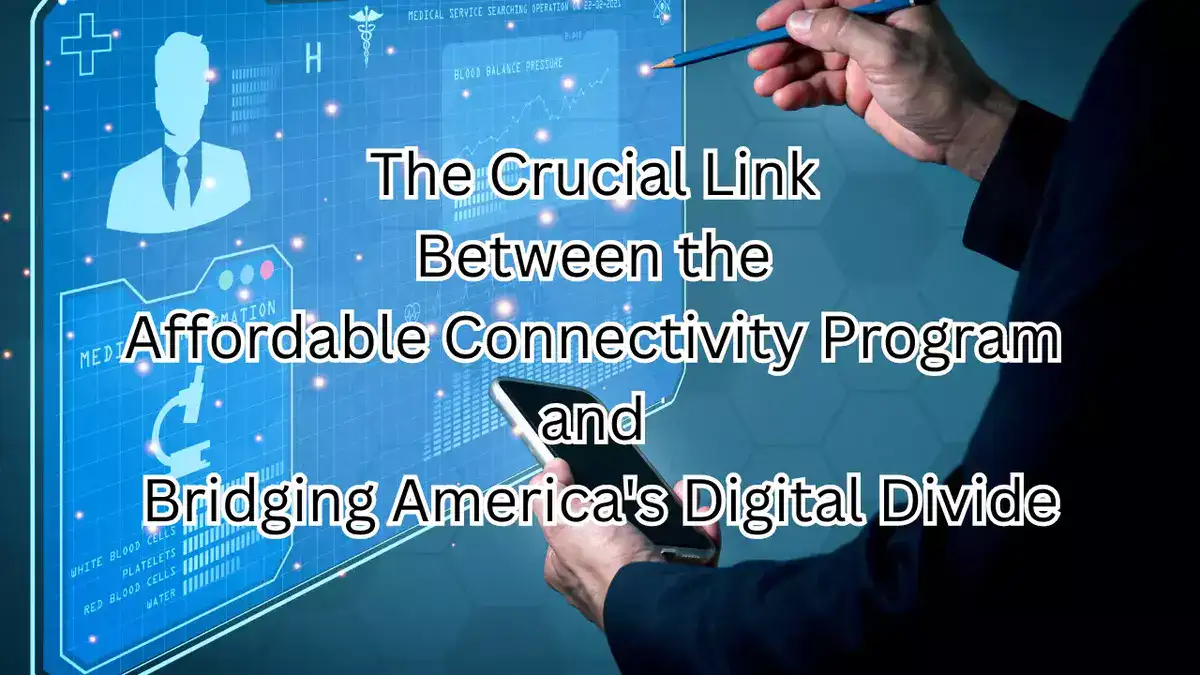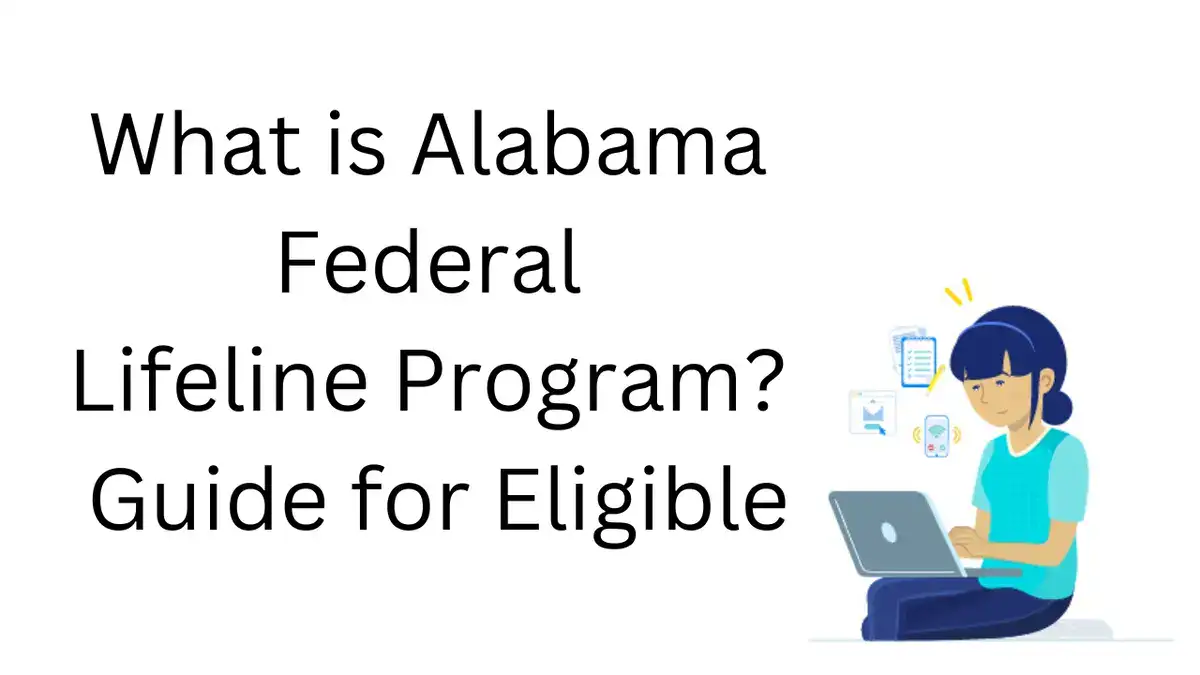In today’s digital age, access to reliable communication services is essential. Yet, millions of low-income households across the United States struggle to afford phone and internet services. The Federal Communications Commission’s (FCC) Lifeline program aims to bridge this gap by offering monthly discounts on these services to eligible People for Lifeline.

However, despite its availability, a significant number of eligible individuals remain unenrolled. Nonprofit organizations play a pivotal role in addressing this issue by assisting eligible individuals in navigating the application process and ensuring they receive the benefits they deserve.
Understanding the Lifeline Program
What is the Lifeline Program?
The Lifeline program is a federal initiative designed to make phone and internet services more affordable for low-income households. Eligible consumers can receive a monthly discount of up to $9.25 on their phone or internet bill, with enhanced benefits of up to $34.25 for those residing on Tribal lands. The program is administered by the Universal Service Administrative Company (USAC) under the oversight of the FCC.
Eligibility Criteria: Eligible People for Lifeline
To qualify for Lifeline, consumers must meet certain criteria, which include:
- Income-Based Eligibility: Household income at or below 135% of the federal poverty guidelines.
- Program-Based Eligibility: Participation in federal assistance programs such as Medicaid, Supplemental Nutrition Assistance Program (SNAP), Federal Public Housing Assistance (FPHA), Supplemental Security Income (SSI), or Veterans and Survivors Pension Benefit.
It’s important to note that the application process involves verifying eligibility, which can be a barrier for many individuals without proper guidance.
The Role of Nonprofits in Assisting with Lifeline Enrollment
Nonprofit organizations are uniquely positioned to support eligible individuals in accessing the Lifeline program. Their deep-rooted connections within communities and trust among residents make them effective intermediaries in the enrollment process.
1. Community Outreach and Education
Nonprofits can organize informational sessions to educate communities about the Lifeline program. These sessions can be held at community centers, libraries, schools, and other local venues. By providing clear and concise information, nonprofits can demystify the application process and encourage eligible individuals to apply.
2. Hosting Enrollment Events
Collaborating with local businesses and service providers, nonprofits can host enrollment events where individuals can receive assistance with their applications. These events can provide on-the-spot support, making the process more accessible for those who may face challenges applying online or understanding the requirements.
3. Providing Application Assistance
Navigating the application process can be daunting for many. Nonprofits can offer one-on-one support to help individuals complete their applications accurately. This assistance can include helping with document submission, understanding eligibility criteria, and ensuring that all necessary information is provided.
4. Offering Digital Literacy Training
For many low-income individuals, limited digital skills can be a significant barrier to accessing online services. Nonprofits can provide digital literacy training to empower individuals with the skills needed to apply for Lifeline and other online services. This training can cover basic computer skills, internet navigation, and understanding online forms.
5. Collaborating with Service Providers
| Is the Spectrum TV App Worth It? A Comprehensive Guide for 2025 | AT&T Unrestricted APN Settings for Android: A Comprehensive Guide |
By partnering with internet service providers and other stakeholders, nonprofits can ensure that eligible individuals are connected to the services they need. These collaborations can also help in identifying additional resources and support available to low-income households.
Best Practices for Nonprofits Assisting with Lifeline Enrollment
To maximize their impact, nonprofits should consider the following best practices:
- Stay Informed: Regularly update staff and volunteers on the latest Lifeline program guidelines and procedures to provide accurate information.
- Utilize Available Resources: Leverage materials and toolkits provided by the FCC and USAC to aid in outreach and education efforts.
- Engage Trusted Community Leaders: Collaborate with local leaders and influencers to spread awareness and build trust within the community.
- Maintain Privacy and Confidentiality: Ensure that all personal information collected during the application process is handled with the utmost confidentiality and in compliance with privacy regulations.
- Monitor and Evaluate: Continuously assess the effectiveness of outreach and enrollment efforts to identify areas for improvement and ensure that the needs of the community are being met.
Challenges Faced by Nonprofits
While nonprofits play a crucial role in Lifeline enrollment, they often encounter several challenges:
- Limited Resources: Many nonprofits operate with constrained budgets and may lack the necessary resources to conduct extensive outreach and support efforts.
- Complex Eligibility Verification: The process of verifying eligibility can be complicated, requiring access to various databases and documentation, which may not be readily available to all applicants.
- Digital Divide: A significant portion of the target population may have limited access to technology or internet services, hindering their ability to apply online.
- Language Barriers: Non-English speaking individuals may face difficulties understanding program materials and completing applications.
Addressing these challenges requires targeted strategies, collaboration with other organizations, and advocacy for policy changes that simplify the enrollment process.
Conclusion: Eligible People for Lifeline
The FCC’s Lifeline program offers a vital service to low-income households, ensuring they have access to essential communication services. Nonprofit organizations are instrumental in connecting eligible individuals to this program by providing education, assistance, and support throughout the enrollment process. By continuing to collaborate with communities, service providers, and policymakers, nonprofits can help bridge the digital divide and ensure that all individuals have the opportunity to benefit from the Lifeline program.
Nonprofits interested in assisting with Lifeline enrollment can begin by visiting the official Lifeline Support website to access resources, training materials, and information on becoming an outreach partner. By taking proactive steps, nonprofits can make a significant difference in the lives of individuals seeking affordable communication services.



